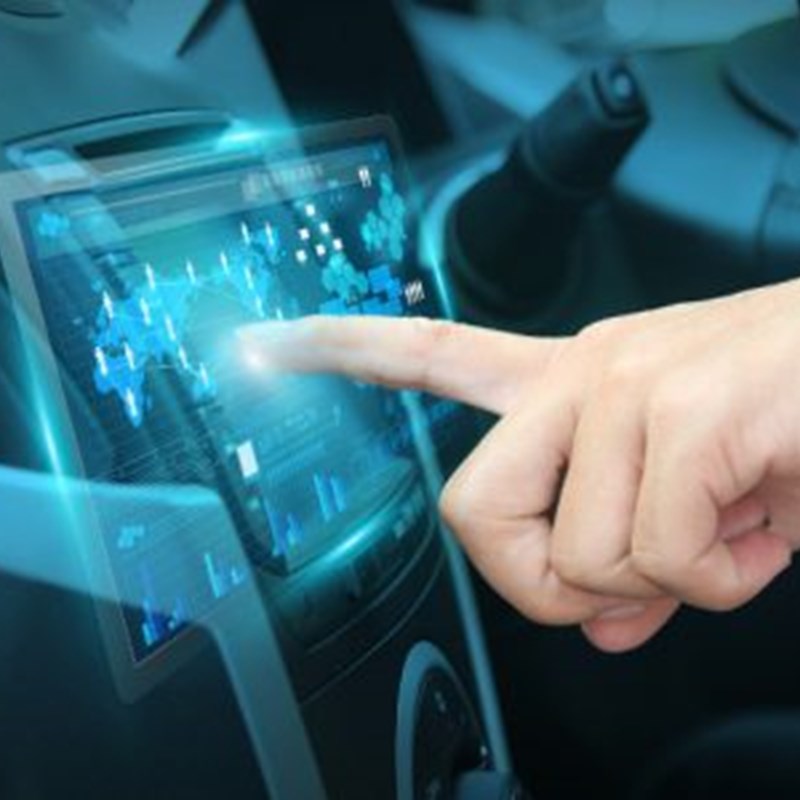
The automotive industry is innovating rapidly and it would be reasonable for you to shout “and so it should!”, given the impact cars have had on the economy and society’s well-being.
These are still early days but Autonomous and Connected cars are being developed now and the benefits are compelling for all.
Fully autonomous technology remains some way ahead, and the full potential can actually be quite mind-boggling. There are, however, some aspects which will be addressed earlier and will resonate quickly and easily.
As the level of automation increases over time, so do the market opportunities and benefits. Autonomous braking, lane, and parking assist features of today can be enhanced to deliver partial automated drive. Unfortunately, the development time and consumer uptake will prolong availability of full automation to 2025 and beyond. Ultimately, fully automated vehicles will not require a driver, and will be able to respond to various road hazards such as pedestrians, animals, weather, and other vehicles.
Connectivity is the key enabler for all autonomous functions, and this too requires a roadmap. Today we see insurance black boxes being retrofitted to monitor driver behaviour and car usage, which can result in lower insurance premiums. A growing number of vehicles are now available with internet connection via a mobile phone tethered to an embedded SIM in the car. So, today there is a limited (but still interesting) number of connected cars on the road.
In the years ahead, connecting vehicles to wireless and cloud infrastructures, or other vehicles (V2V/V2I), will provide benefits such as lower travel time, fewer accidents, and less pollution. It will also make the travel experience a more productive and enjoyable one, for the passengers and even the driver.
So will the car simply have its own mobile data plan? Well, if 5G becomes the omnipotent mobile technology that it promises to be, perhaps Connectivity could become that simple. However, if we look aside to the M2M/IoT market place and think about how we use our smartphones, we see that an array of different networking technologies will actually be required.
Connectivity needs to be a part of automated vehicles, but as a Service!